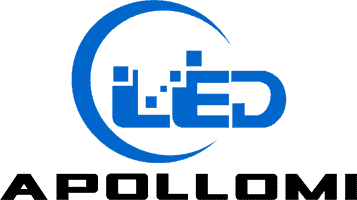
LED displays use LED lights for a variety of tasks
LED displays use LED lights for a variety of tasks
LED display use LED lights for a variety of tasks. Some displays use them for backlighting, while others use them directly to create patterns or images. LED lights have several key benefits for displays. They last a very long time, which allows for less maintenance on large displays. They can be used in a tight space, which allows manufacturers to make displays thin, typically less than an inch in depth. They can also change color based on what materials they are made from.
LED Characters
LED stands for light-emitting diode: diodes are typically semiconductors used deep within electronics, but LEDs are made with materials that change resistance into light. They are small, usually only a quarter of a inch or less in width, so by themselves they do not produce a large amount of light. However, a panel of these diodes can be created and programmed to light up only some of the LEDs at specific times. This provides a popular alternative for clocks and small appliance notification screens.
Edge-Lit Screens
Many people think there are LCD and LED screens for TVs and monitors. This is not exactly true. Both LCD and LED screens use LCD or liquid crystal display technology, regardless of their other features. LED display affect only the backlight. LCD screens cannot produce their own light, so they need lighting behind the screen so the images can be seen. Early LCD screens used more traditional lighting sources on the edges of their screens, but newer versions use LED strips on the edges of the screen to provide long-lasting light.
Back-Lit Screens
Back-light screens used LED display like edge-lit versions, but instead of being arrayed along the sides of the LCD panel they are arranged in block-shapes behind the screen itself. This provides a more detailed type of illumination that can provide better contrast ratios for the screen.
OLED
OLED stands for organic light emitting diode. This is a special type of display that uses three layers, an anode and a cathode separated by an organic layer, which houses individual pixel colors in a complex screen that acts both as one giant LED an array of very small ones. The result is one of the highest quality images possible, but OLED screens are held back by their small size and high prices.
 English
English

 »
» 